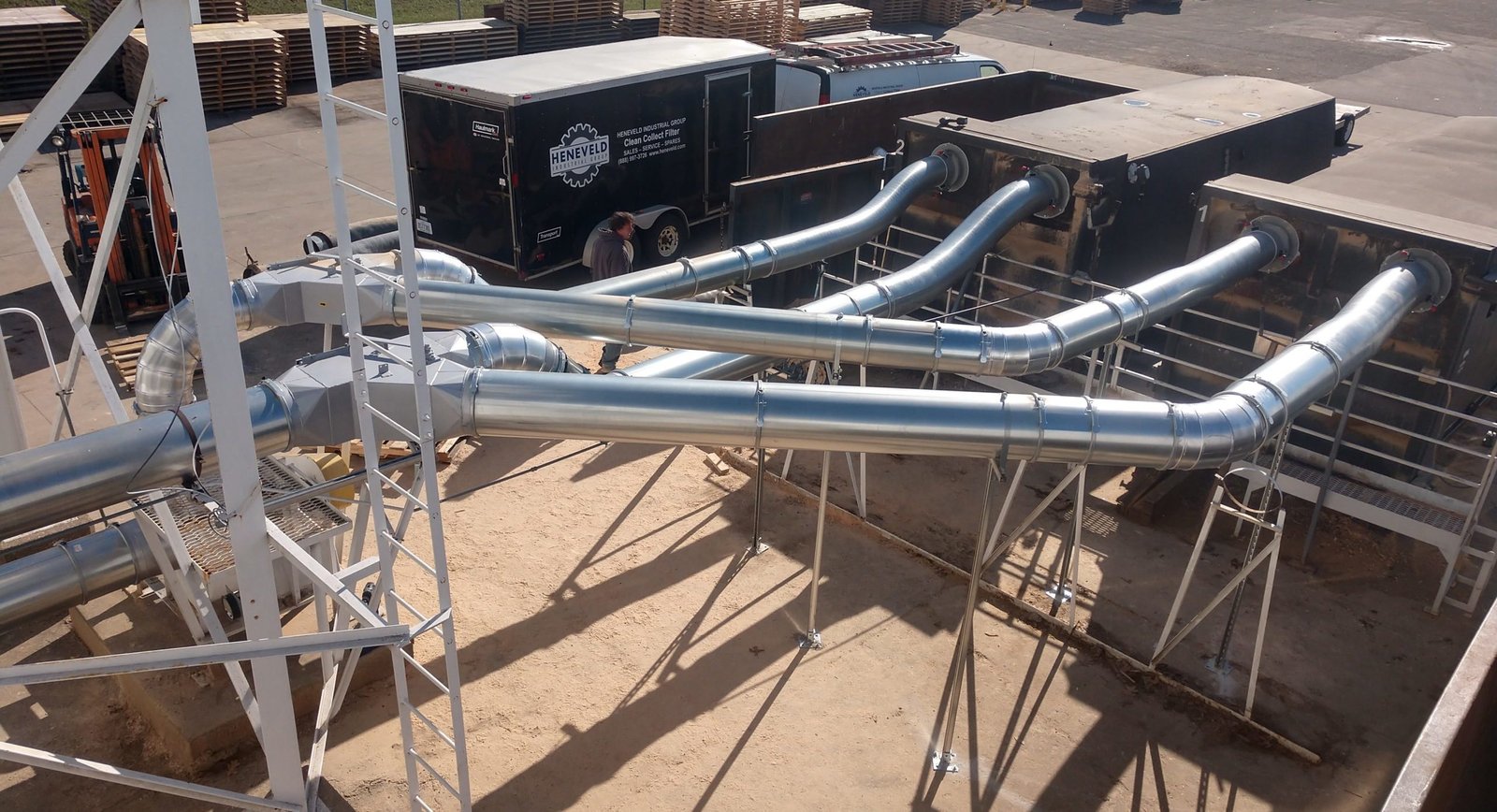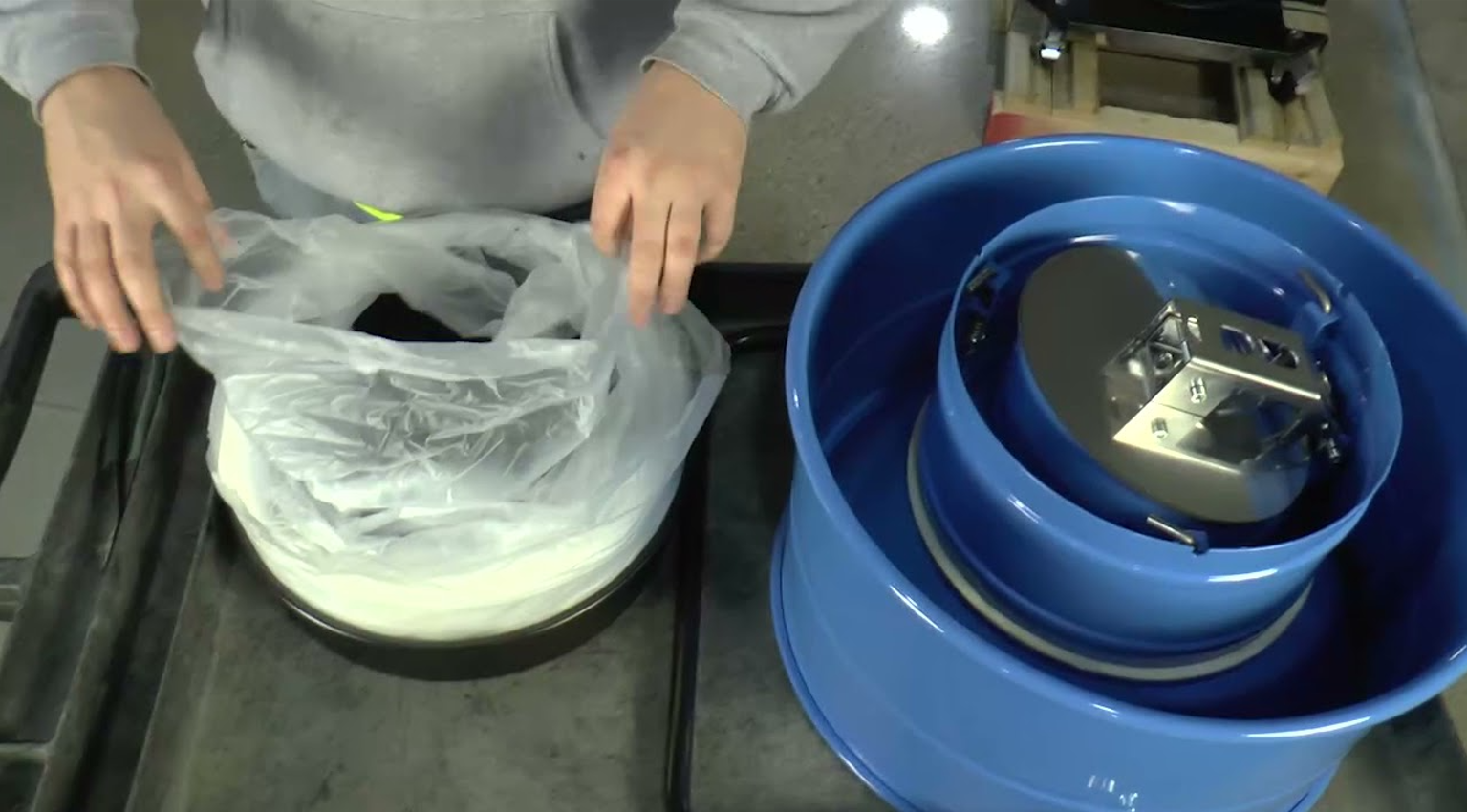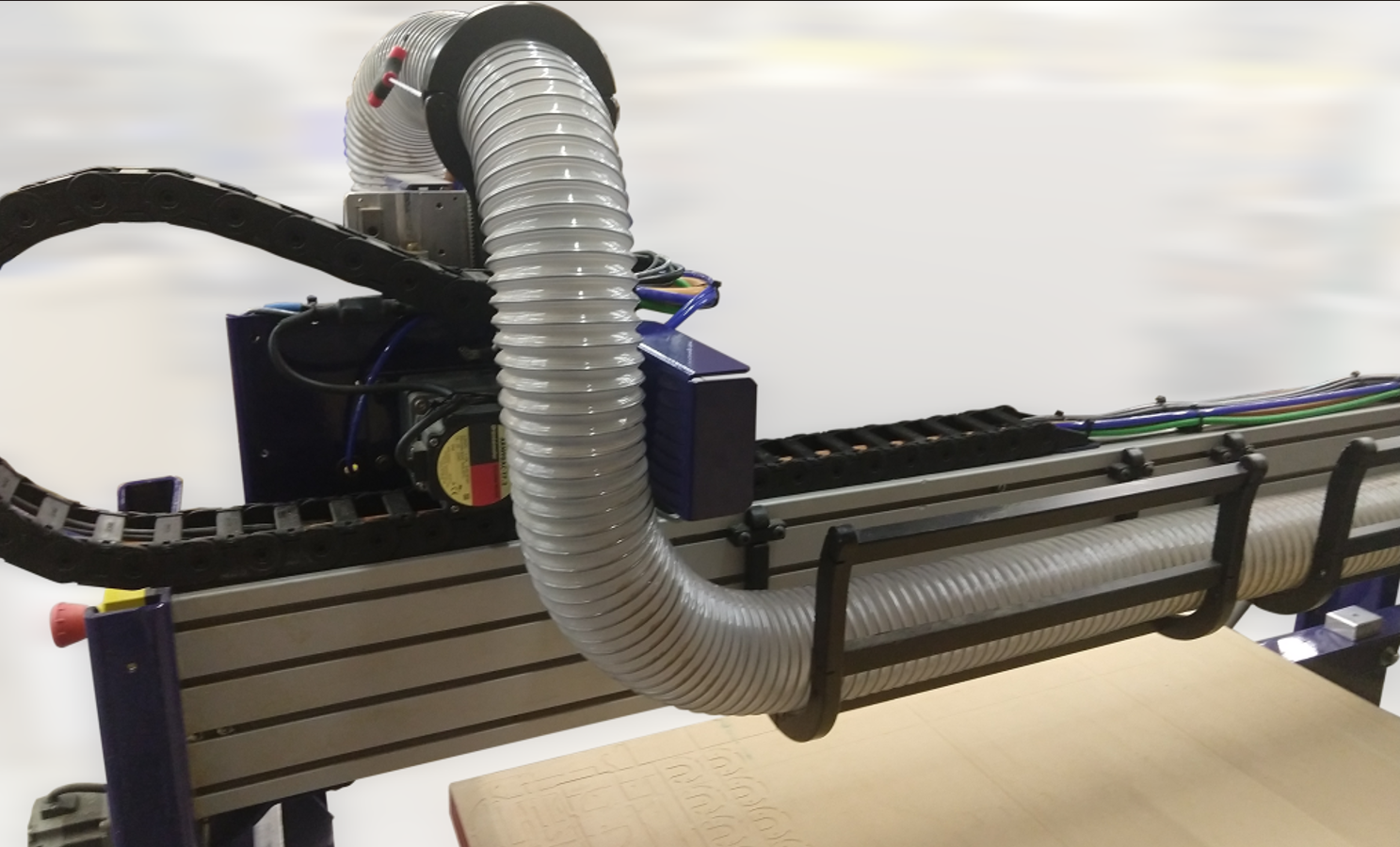In any industrial or commercial setup, dust collection systems are essential. They keep the air clean, protect workers’ health, and help machines last longer. But even the best industrial dust collector will not work efficiently without well-designed ductwork. The ductwork is like the system’s lifeline, guiding dust and fumes safely away from work areas. Proper design is crucial for a manual dust collector, a full-scale industrial system, or a fume exhaust system.
Why Ductwork Design Matters
Poor ductwork can cause many problems. It can lower system performance, increase maintenance costs, and even create safety risks. A well-planned system helps:
- Keep the system efficient – Correct duct sizes and routes to ensure dust and fumes are captured effectively.
- Save energy – Good Airflow reduces the workload on fans and motors.
- Protect workers – Clean air lowers health risks and fire hazards.
- Extend equipment life – Smooth Airflow prevents blockages and reduces wear.
Principles of Good Dust Collector Ductwork
Designing ductwork is not just about connecting pipes. A few key principles make a huge difference:
1. Right Duct Size
The duct diameter must match the Airflow. Too large, and dust settles inside. Too small, and the Airflow slows, making the system work harder.
2. Minimise Bends
Every bend reduces Airflow. Use gentle curves instead of sharp angles for smoother operation.
3. Keep It Straight When Possible
Long straight ducts allow steady Airflow. Avoid unnecessary branches that reduce efficiency.
4. Choose the Right Material
Select ducts that suit the type of dust or fumes. Abrasive dust needs a strong material. Corrosive fumes need chemical-resistant ducts.
5. Balance Airflow
Ensure every branch of the system receives sufficient Airflow. Uneven Airflow can reduce overall performance.
Common Mistakes to Avoid
Even small mistakes can hurt your system:
- Too many elbows – Sharp turns, slow Airflow, and increased maintenance.
- Low air velocity – Dust can settle and block ducts.
- Poor vent placement – Collection points must be in the correct positions.
- Hard-to-clean ducts – Design with maintenance access in mind.
Benefits of Proper Ductwork
Investing in good ductwork pays off quickly:
- Cleaner air – Captures harmful dust and fumes efficiently.
- Less downtime – Fewer clogs and equipment problems.
- Cost savings – Lower energy use and reduced repairs.
- Regulatory compliance – Meets workplace safety and environmental standards.
Your dust collector is only as strong as the ductwork supporting it. Proper design ensures efficiency, safety, and long-term savings. Whether it’s a manual dust collector, an industrial dust collector, or a fume exhaust system, careful ductwork planning is essential. Simple, well-thought-out ducts keep your system running smoothly and your workspace safe for years to come.



